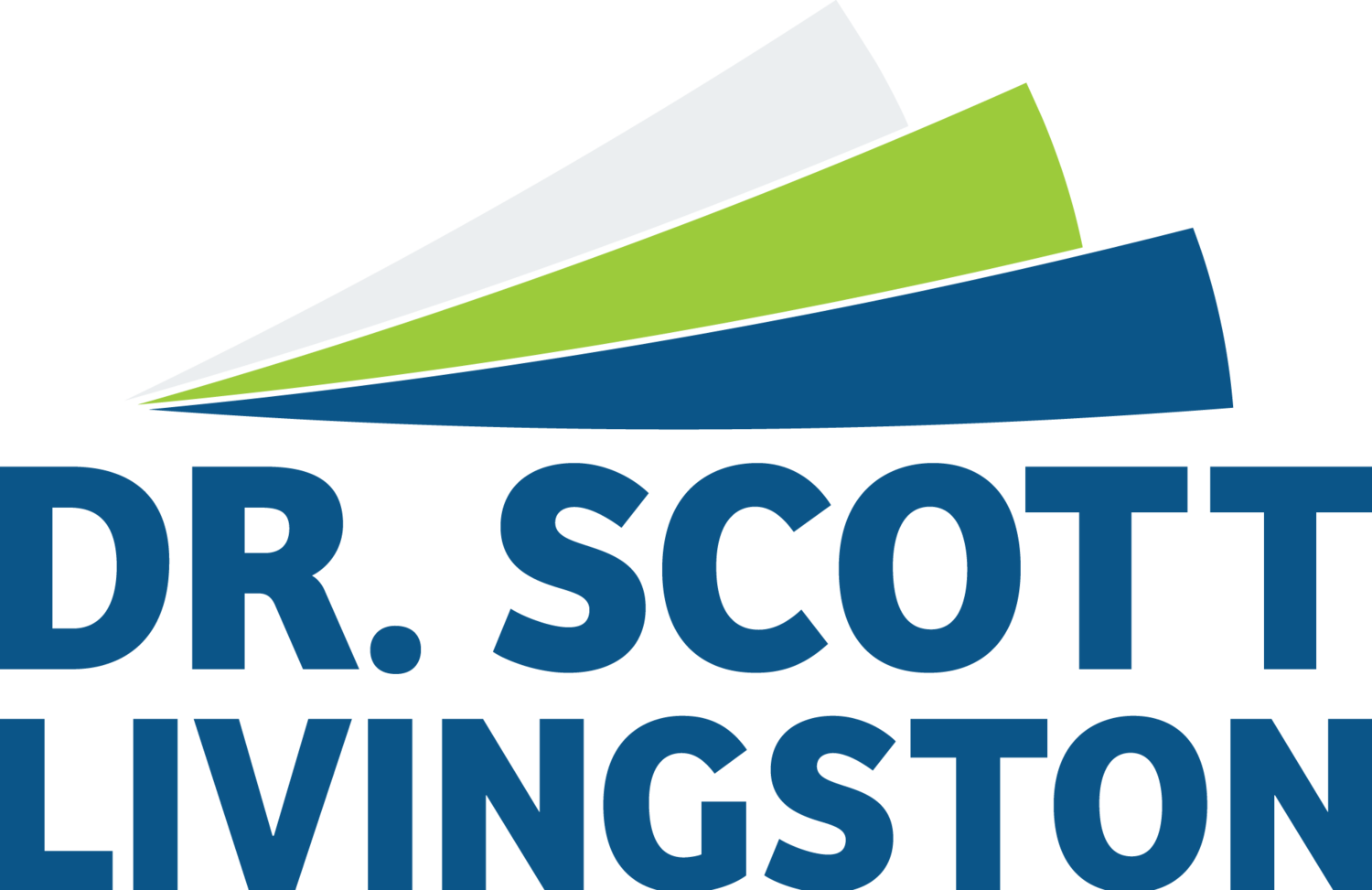“How can I help my boss get better as a leader?”
This straightforward question was asked by a direct report of my clients as we were wrapping up our Leadership 360 interview (a series of open-ended leadership questions that help my clients get a clear picture of how their leadership looks to those around them).
A First For Me
I have been doing these structured Leadership 360 interviews for almost 20 years and have facilitated hundreds, if not thousands, of these 1-on-1 interviews. Not one person has ever asked me that question.
I found it really interesting that this one dear person cared enough about her supervisor that she would want to know how she could be involved in her boss's development.
My Response
All of my coaching sessions are confidential, including the 360 report and development planning. I wanted to answer her question, but I needed to be tactful as to not disclose what my client would be working on.
“How do I respond in a way that is helpful for her, without breaking any confidentiality I must maintain with my client? “ I quickly thought to myself.
Here's how I responded...
“I think the best way you can help your boss is by helping him be more self-aware. Now, this is going to require a level of trust on your part, and there could be some risk, so you need to ask yourself if you are willing to take the risk. If you are, then your boss has probably already in some way declared strengths, and things he would like to do better.”
She agreed, so I continued...
“Then help him see when he is doing it. Let's imagine he has told you he is a micromanager and wants to change. Perhaps in the midst of a project, at the appropriate time, you then say to him, 'You know, Jim, it feels to me right now like you are micromanaging me. Is that something you are intending to do?'”
She sat in silence on the phone for a seemingly endless pause.
“I can do that." She finally broke the silence. “Good,” I affirmed her. “Don’t feel like you have to change him, don’t feel like you have to coach him. Just help him see the times where he is doing something he wants to change.”
Helping leaders SEE the change they want to make is perhaps the biggest gift you can give to them.
What About You?
So many of us get caught up in our own development, but I’d like to encourage you to begin looking for ways you could support someone else with their development. Perhaps it’s shifting your focus from helping them solve the problem, to inspiring their awareness of the opportunity right in front of them.
If you feel encouraged and motivated by this post, try asking your leader how you support them in their development. Their response may surprise you and revitalize you in your own self-development journey.














